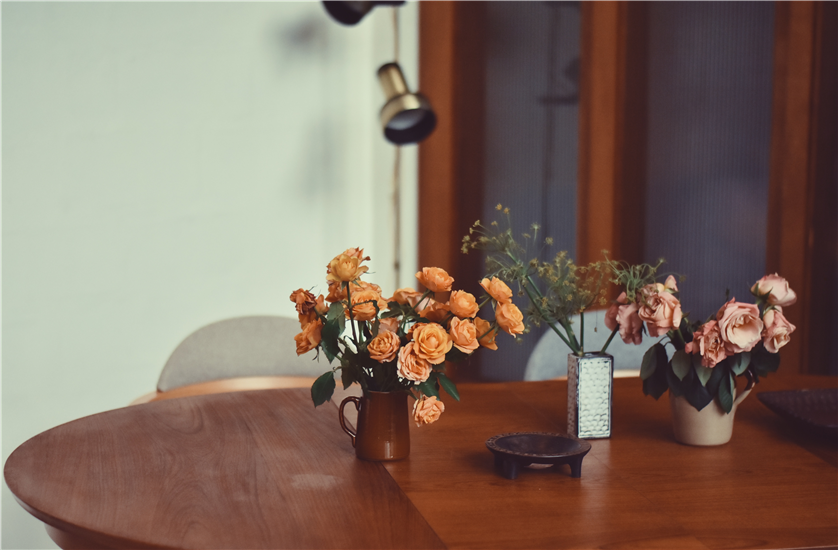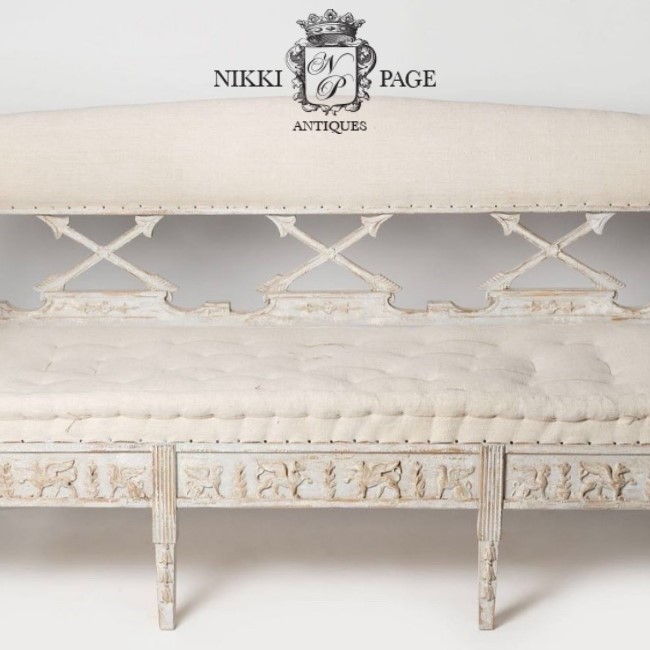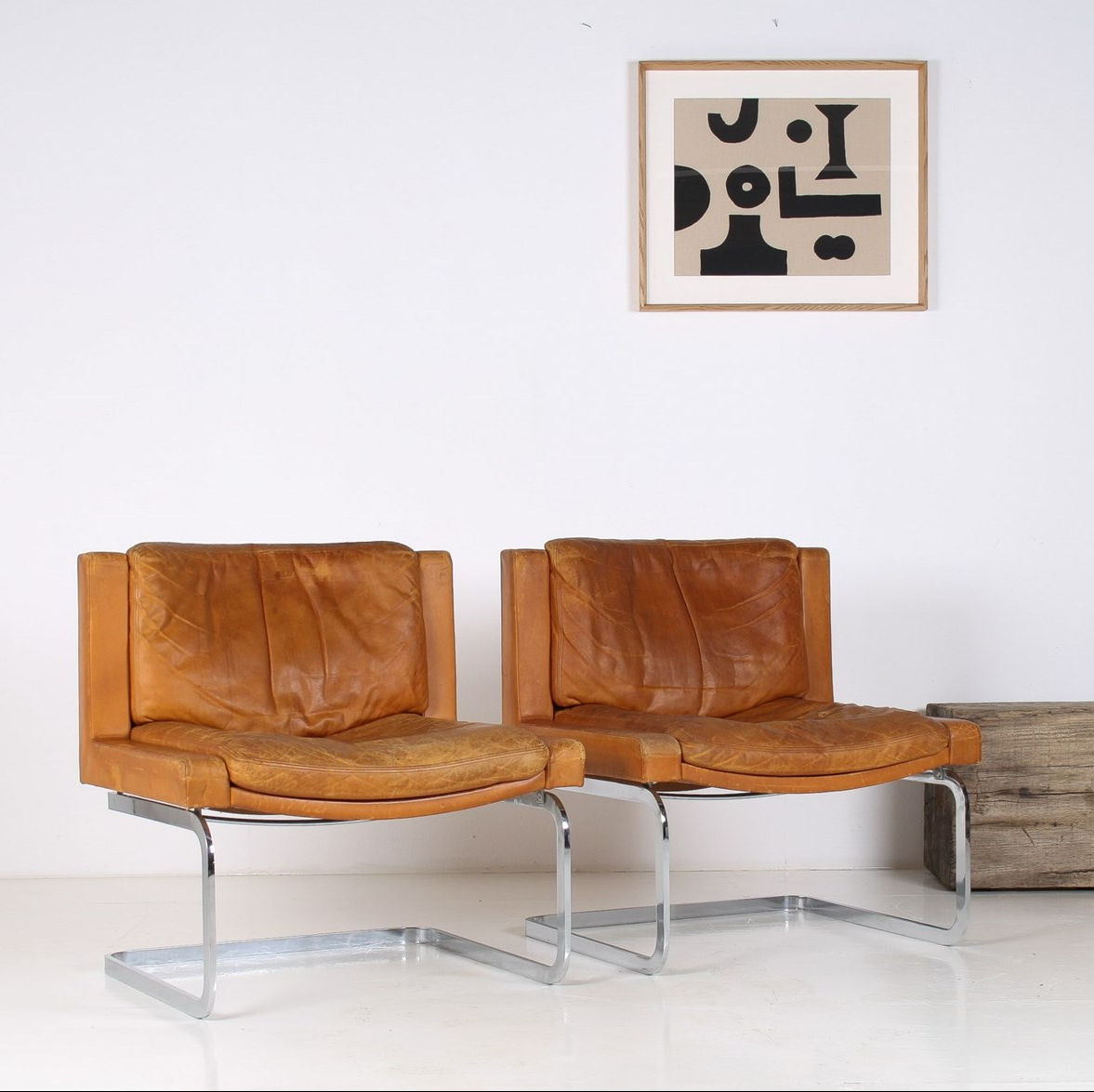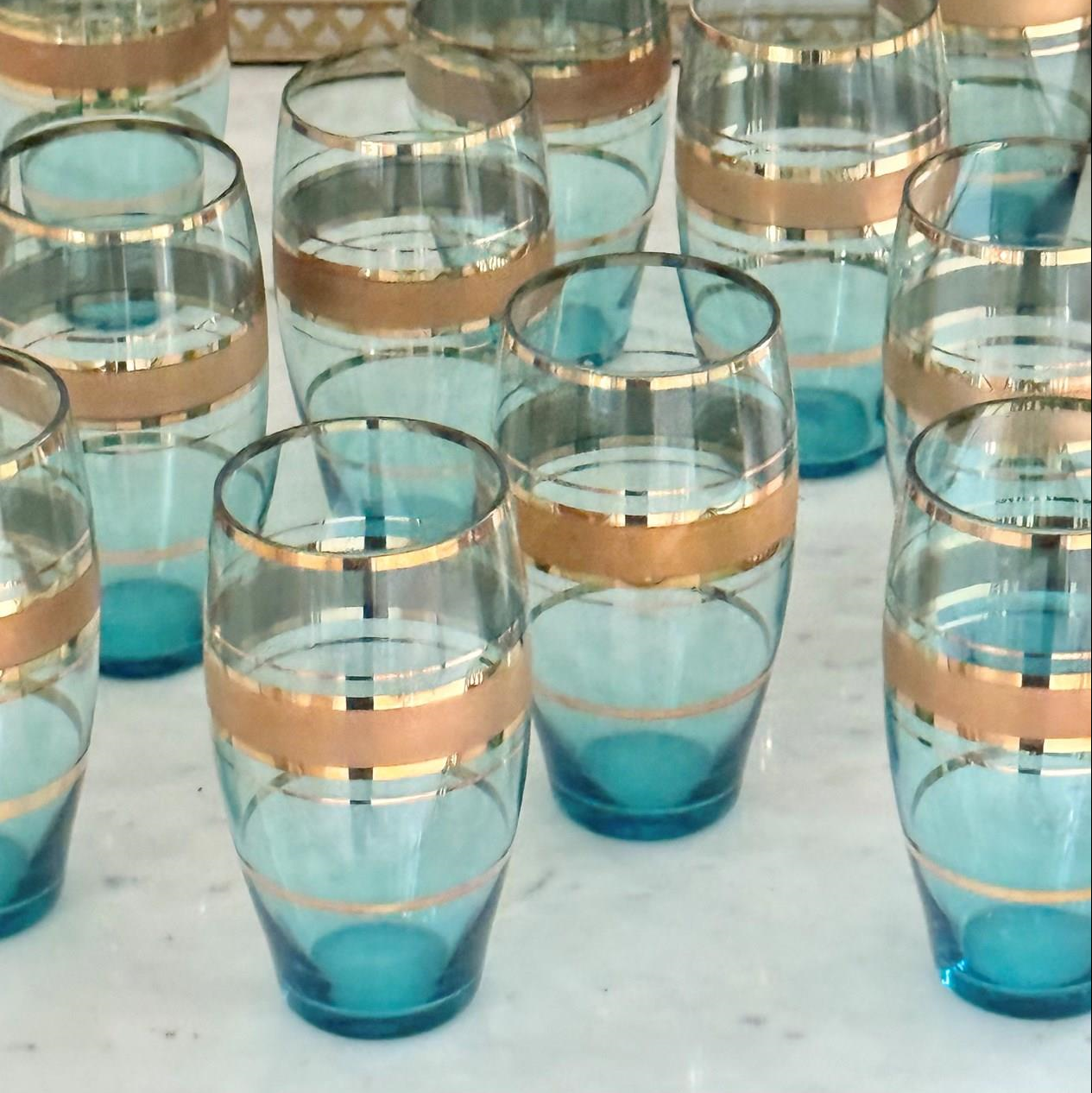
Who doesn’t love the look of antique furniture? It adds a touch of class to any room and often has a story to tell. After years of use, antique table tops can become dull and scratched and may need a bit of love to return them to their original glory. This step-by-step guide is here to help.
Cleaning the surface
For many antique table tops, you’ll want to start by cleaning the surface with a soft cloth or sponge. Remove any dust, dirt, or grime that may have built up on your antique table. Avoid bristled brushes or anything harsh, as they can cause more damage or leave behind streaks or marks on your tabletop.
If your table has a wooden surface, you can lightly dampen the sponge to remove tough bits of dirt without putting water directly on the wood. Alternatively, if you’re cleaning a glass table top, warm water and a small amount of dish soap work a treat.
It’s always good to clean the surface underneath the table to prevent the dirt you can’t see from building up.
Repairing minor damage
Now that your tabletop is clean, you can repair any minor damage that may have been done through its use.
For example, if your table has a wooden table top with a few minor marks, you can use fine grit sandpaper or steel wool to rub them out. Alternatively, you can use a wood stain to carefully add a new coat of paint over the existing marks.
If your table has marks in the wood that are too deep to be rubbed out, you can use wood filler to fill the damage. While wood filler can be used for many things, it can cause damage if it’s not applied correctly, so make sure you use a high-quality brand and follow the instructions carefully to avoid damaging your tabletop.
Applying the right finish
After you’ve cleaned and repaired any marks on your tabletop, it’s time to pick a finish. You’ll want to choose a finish that complements the style of your table.
Water-based – a water-based finish is perfect for protecting your tabletop and adds a glossy sheen.
Lacquer finish – a lacquer finish is popular among antique furniture owners. The thick, sticky substance dries quickly to form a protective layer on the surface. Once applied, you can use a soft cloth to buff the finish until it shines.
Oil-based finish – if your table has a wooden surface, you can use an oil-based finish. This can be applied in a single coat, meaning there’s little mess, and it dries quickly. However, this finish will darken the wood and may not be suitable if your tabletop is made of light-coloured wood.
Polyurethane or varnish – these finishes are suitable for any type of tabletop and produce a glossy finish that’s easy to maintain.
Wax finish – this finish is similar to a lacquer finish, but it dries much slower and is applied with a cloth instead of a spray gun.
Wax finishes are best for wooden surfaces, especially if they’re already dark in colour. It’s essential to apply a thin layer of wax to avoid clumping, which can leave behind marks on the tabletop.
Depending on the brand, the wax may have a strong scent, so you should avoid applying it to antique table tops used for eating.
Once the wax is dry, it will leave a thin layer of protection on the tabletop that can easily be maintained with a soft cloth.
Polishing the surface
Once your tabletop has its protective finish, you can polish the surface. This will remove any remaining dust and give your tabletop a brilliant shine. You can use a soft cloth or a unique antique furniture polish to add shine to your tabletop.
Make sure you only use a clean cloth to polish your tabletop, as any dirt or dust left on the cloth can scratch the finish. Applying too much pressure can also cause damage, so be sure to clean carefully.
Finishing touches
Once your table top has a protective finish, all that remains is to protect the table from further damage, which can be done in a few different ways. For example, placing a tablecloth over the surface of your tabletop when it’s in use or using coasters under drink glasses. This will protect the finish from droplets of water and spills.
Conclusion
Now that your antique table tops are clean and protected, you can proudly invite people into your home to admire them, confident that your furniture will last a long time.




